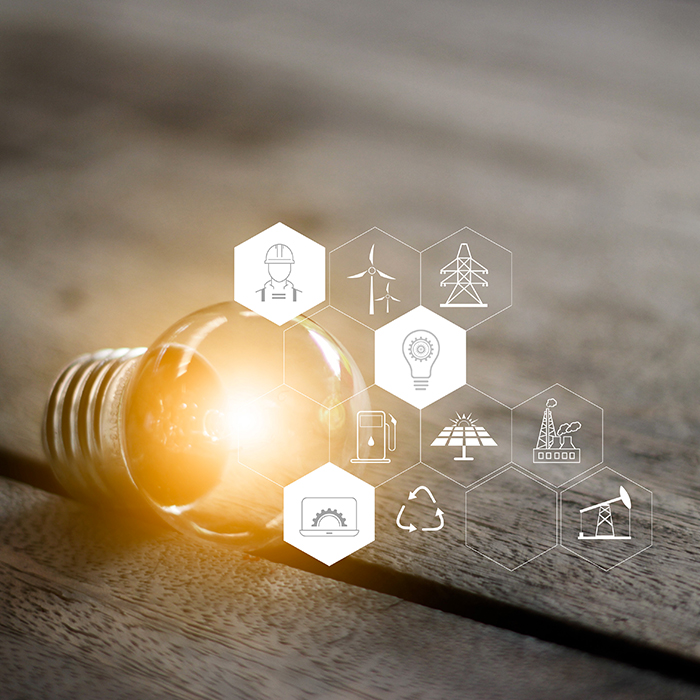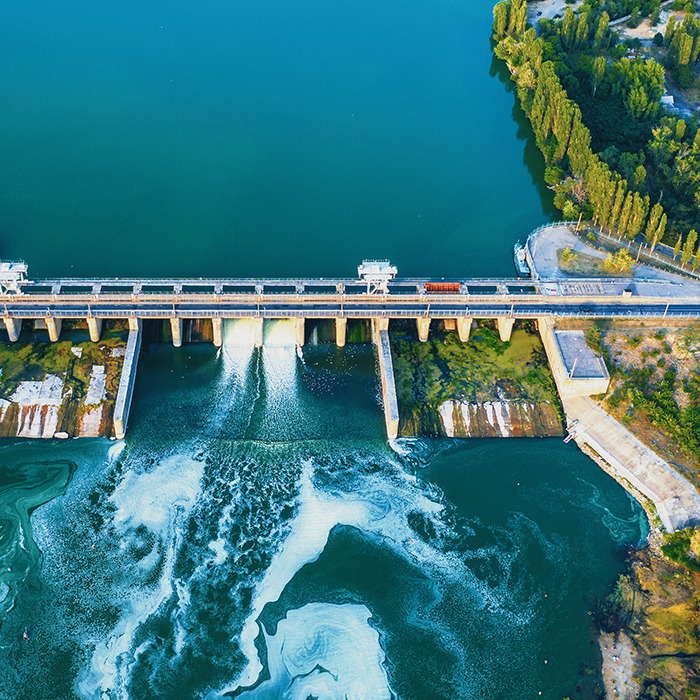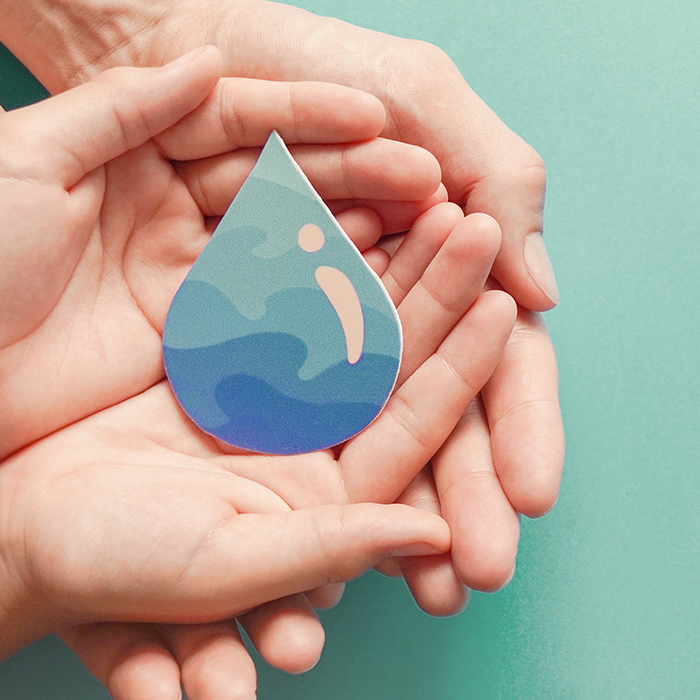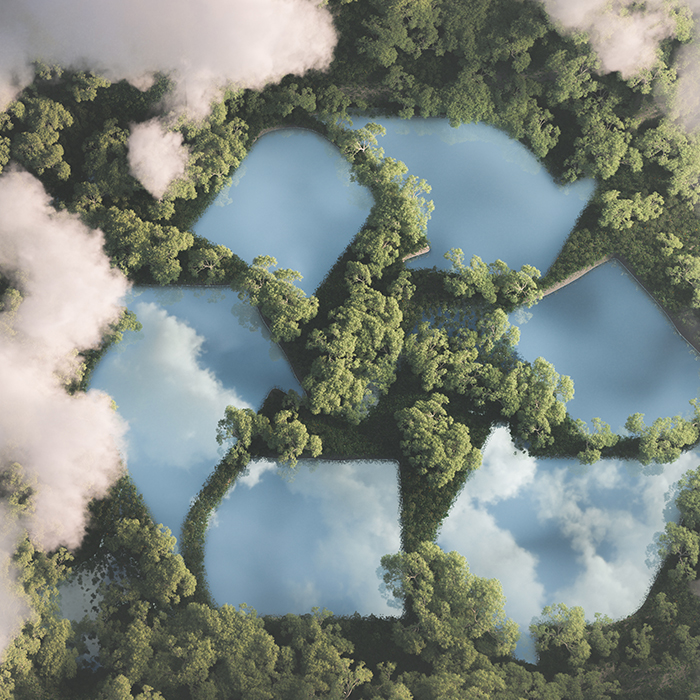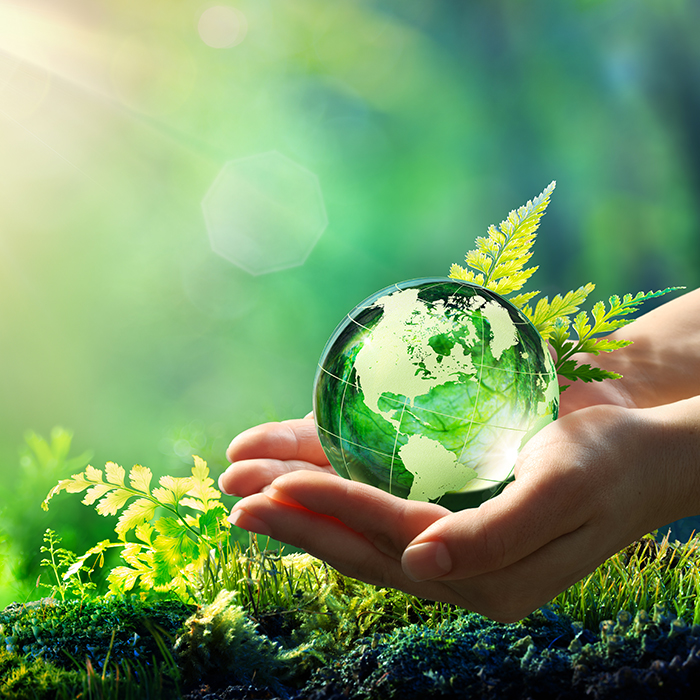Energy Performance: Leading the Charge for Sustainability

Energy performance
Reaching our Energy Targets
Prysmian aims to reduce its environmental footprint through the reduction of energy consumption, the efficient use of natural resources, the optimization of logistics flows and the responsible management of waste. In 2019, 19 new energy diagnoses were carried out in European and non-European plants to obtain a more complete, reliable and updated energy consumption and distribution database. This will enable the Group to extend energy efficiency programs to an ever-larger number of plants. In 2019, the company invested about EUR 17 million in health, safety and environmental activities, including energy efficiency, water and waste projects.
Our Current Energy Performance
The Group reports the environmental impacts that are the most significant in terms of responsibility towards employees and local communities and as a competitiveness and value factor for the Group. These are the consumption of energy and water, disposal of hazardous and non-hazardous waste, and greenhouse gas emissions linked to energy sources.
Reducing Water Consumption
Water is essential in our manufacturing process; large volumes are needed for cooling in the various production cycles. In 2019, we continued our efforts to reduce water consumption in several countries around the globe. For example, in La Pointe, Canada, we reduced water usage by perfecting an automatic dosage system that reduces the frequency of discharging and refilling.
Reducing Hazardous and Non-Hazardous Waste
Waste reduction is an essential step towards a more sustainable factory; decreasing waste generation lowers the disposal cost and reduces waste storage areas. Our efforts at plants to cut all kinds of waste continued in 2019.
- Montereau - reduced waste from the extruder.
- Tetla, Mexico - energy consumption was facilitated by optimizing machine start-ups and the hours of maximum usage.
- Paragould - a new evaporator drastically reduced emulsion waste.
- Claremont - packaging waste was facilitated via the improved use and reuse of pallets and cardboard packaging materials.
- Lexington - acetone reuse help to reduce volume disposal.
- Aberdare, UK - upgrades to the machines in the compounds room reduced losses and therefore scrap.
- Livorno, Italy - consumption of SF6 gas has been reduced following periodic maintenance work on the recycling plant.
Recycled Waste
Whenever waste is unavoidable, our goal is to find the best recycling solution that helps us stay cost-competitive and efficient. For standard materials, waste markets are developed, and waste can be sold, resulting in a small profit. For example, Prysmian has set a target of recycling 64-66% of its waste in 2022. In 2019, it recycled 63% of waste, while 22% was disposed of in landfills. Among others, we aim at recycling the plastic scraps resulting from our manufacturing process rather than sending them for incineration.
Greenhouse Gas
Greenhouse gases (GHG) are a factor in global warming, and Prysmian has set targets to reduce greenhouse gas emissions from its production processes and energy use. We quantify our greenhouse gas emissions as a first step to reducing them. For four years in a row, Prysmian Group obtained a B score (on a scale of 8 values from A to D) in the CDP Climate Change Report as part of its Climate Change program. Moreover, we acquired Guaranteed Origin Certificates for electrical energy to reduce our indirect GHG emissions. Based on an ongoing project conducted by the R&D team in collaboration with HSE, Prysmian will soon be able to calculate the carbon footprint resulting from the entire production process of each family of products.



